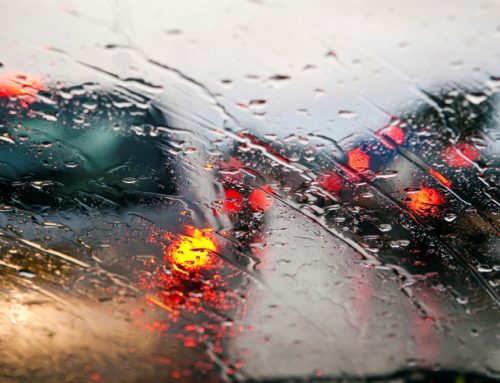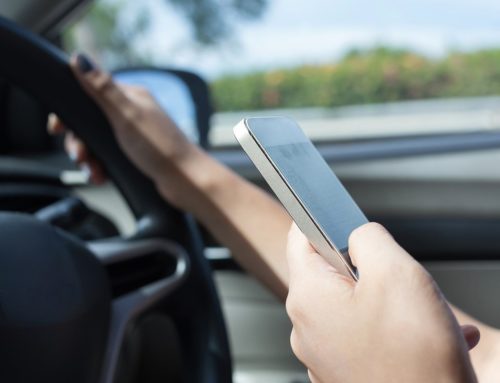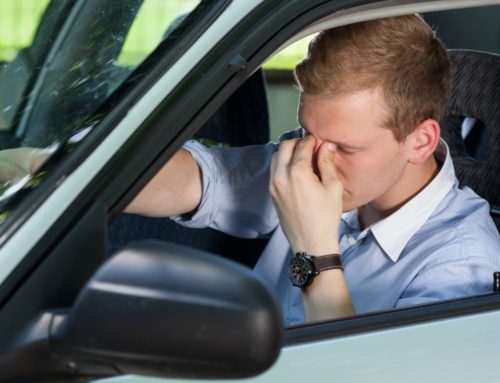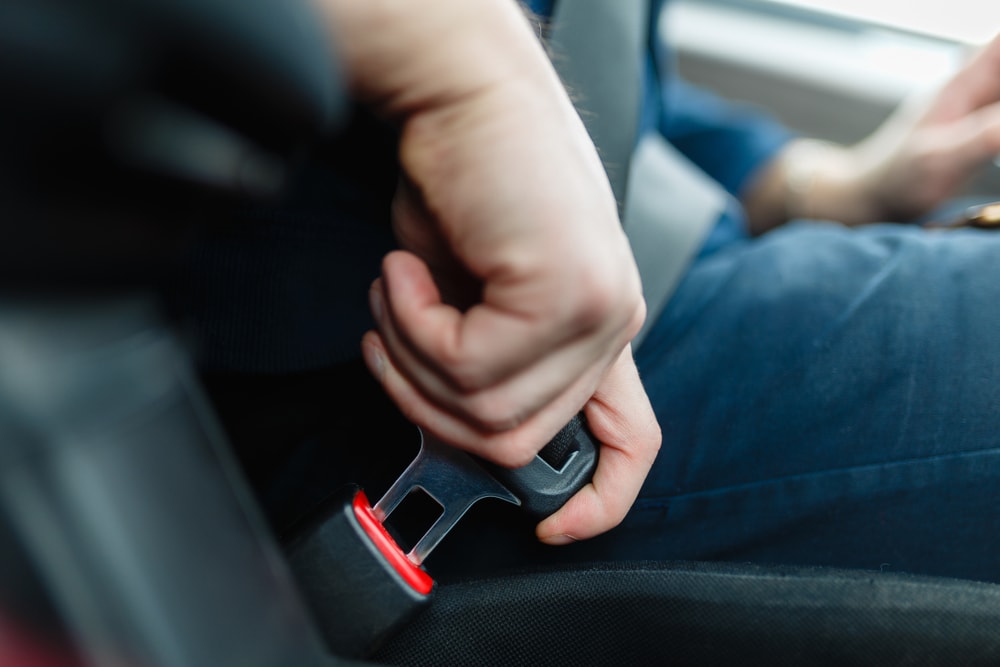
Seat belts are an effective way of reducing the number or road deaths and severe road injuries in crashes. According to the 2018 WHO Global status report on road safety, wearing a seat-belt reduces the risk of a fatality among front seat passengers by 40-50% and among rear-seat passengers by 25-75%. Failure to wear a seat belt is the 2nd biggest cause of road death, after speeding but ahead of drink-driving. European Commission suggests that action targeting the use of seat belts could save up to 7.300 lives a year in the EU.
Effects of wearing a seat belt
- Not wearing a seat belt can result in being totally ejected from the vehicle in a crash, which is almost always deadly.
- The air bag can seriously injure or even kill you if you’re not wearing a seat belt. Air bags are designed to work with seat belts, not replace.
Why not wearing a seat-belt is dangerous?
Passengers who are not wearing seat-belts at the time of a collision account for the majority of occupant road traffic fatalities. Seat belts are the best defense against impaired, aggressive, and distracted drivers. Being buckled up during a crash helps keep you safe and secure inside your vehicle.
Guidelines to buckle up safely
- The lap belt and shoulder belt are secured across the pelvis and rib cage, which are better able to withstand crash forces than other parts of your body.
- Place the shoulder belt across the middle of your chest and away from your neck.
- The lap belt rests across your hips, not your stomach.
- NEVER put the shoulder belt behind your back or under an arm.
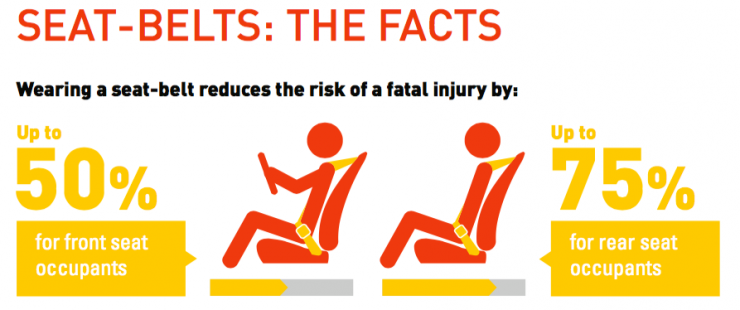
Key Recommendations
There is a clear need for drivers to remember to wear their seat belt. How?
- Buckle up! No excuses…
- Listen! Most cars signal the driver and passengers to buckle up when the key is put into the ignition
- You must wear a seat belt either you are not going far or not traveling fast, most fatal crashes happen within 25 miles of home at speeds of less than 60 km/h.
- If you drive an older or classic car with lap belts only, check with your vehicle manufacturer about how to retrofit your car with today’s safer lap/shoulder belts.

